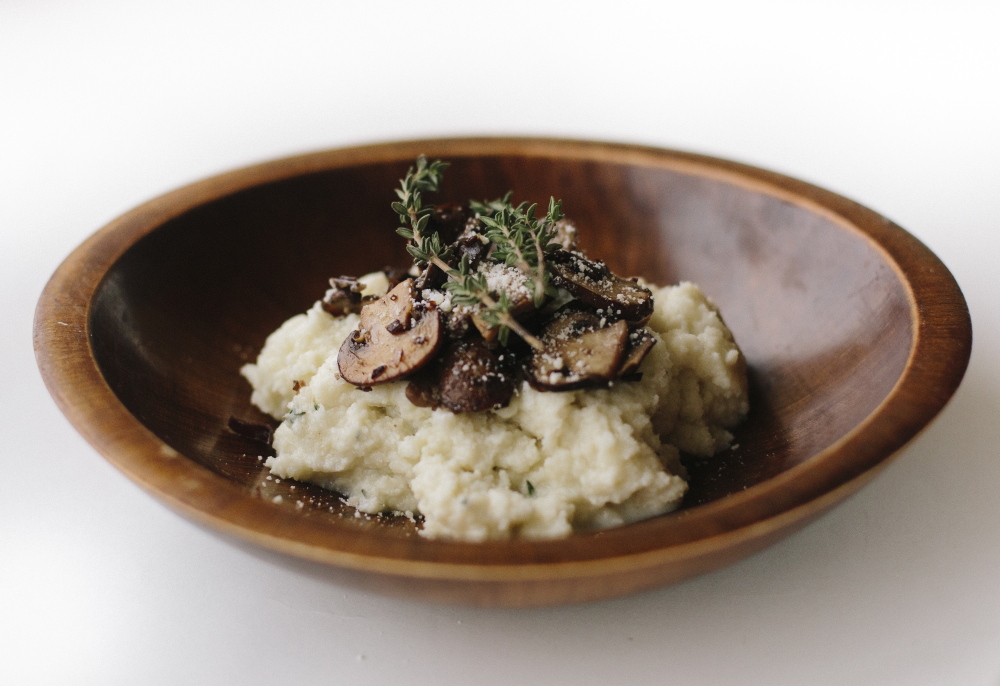This New Year’s Eve, my husband and I will celebrate our 20th wedding anniversary. We picked that particular night to marry because it provides an airtight excuse to celebrate quietly at home instead of braving drunken crowds and risking dangerous roads.
Over the years, romantic candlelight dinners have morphed into raucous family game nights with our teens in front of the fire, but popping the bubbly at midnight has been a constant. Twenty years ago, the two of us could easily polish off the bottle (maybe even two), but lately there’s been significant leftovers that go flat as we’ve not found a good wine gadget that keeps the bubbles in the bottle. I am too old to pretend I like the cheap stuff, so a half-bottle of Veuve Clicquot means $20 of wasted wine if I don’t find a good use for it. So I do.
A quick way to use up flat champagne is to fake the effervescence by mixing it with a sparkling citrus soda and splash of orange juice for New Year’s Day Brunch mimosas. Seriously, no one will know.
The easiest way to an empty bottle of flat champagne is pour it into a clean, wide-mouthed mason jar, cover it with few layers of cheese cloth, place it in a cool, dark place, and let it make its own way to vinegar in a few weeks’ time. I start tasting it after three weeks to see if it’s turned, and when it has, I transfer it to a bottle with a stopper for safekeeping in the pantry for up to 6 months. I’ve learned the hard way that Champagne vinegar generally has higher acidity (7 percent) than either white or apple cider vinegar (5 percent), so a little goes a long way when using it in a vinaigrette.
All bubbly is, by definition, white wine at its core and can therefore be used as such. A cup of leftover champagne, a minced shallot, a splash of cream, 2 pounds of Maine mussels and a sprinkling of fresh parsley would give you dinner in 15 minutes flat any night that first week of 2015.
I know I am not alone in my vow to eat greener in the New Year. So I’d be remiss if I failed to offer up a suggestion that ties re-purposed champagne into a meatless Monday dish. While Mark Bittman’s “How to Cook Everything Fast” is not a strictly vegetarian cookbook, he includes an array of dishes that are heavy on the veg but still hit strongly those umami and comfort food notes that satisfy the big eaters around my table. I’ve adapted his Cauliflower “Polenta” with Mushrooms recipe to accommodate my leftover champagne as both a flavor agent and mood elevator.
Cheers!
CAULIFLOWER ‘POLENTA’ WITH MUSHROOMS
This recipe is a liberal adaptation of one printed in Mark Bittman’s “How to Cook Everything Fast.” If you drank all of your champagne, then white wine, chicken broth or water (only in a pinch) would suffice. Oyster Creek of Damariscotta has a great selection of dried wild mushrooms.
Serves 4
1½ cups leftover champagne
1½ ounces dried porcini or chanterelle mushrooms
1 large head cauliflower, trimmed and cut into small florets
4 tablespoons softened butter
3 tablespoons olive oil
1 pound crimini mushrooms, trimmed and sliced
Salt and pepper
1 large shallot, minced
2 tablespoons Greek yogurt
2 teaspoons finely chopped fresh thyme
1 cup grated Parmesan or Pecorino cheese
Heat champagne in a medium saucepan over high heat until it boils. Use a glass measuring cup to remove ½ cup of hot wine. Add the dried mushrooms to the measuring cup to reconstitute them for 20 minutes. Drain the mushrooms (saving the liquid for your next mushroom risotto) and chop them finely.
Add the cauliflower florets to the saucepan with the remainder of the hot wine, bring the pot back to a boil over medium heat. Continue to cook, stirring occasionally until the cauliflower is quite tender, at least 10 minutes.
In a sauté pan, melt 1 tablespoon of butter in 2 tablespoons of olive oil over medium high heat until it foams. Add crimini mushrooms, sprinkle with salt and pepper. Cook, stirring occasionally until the mushrooms are tender and slightly browned. Add remaining 1 tablespoon of olive oil, shallots and reconstituted mushrooms to the pan. Cook, stirring, for 1 minute, then remove pan from the heat.
Transfer the cooked cauliflower from the cooking liquid to the food processor in batches. Process, adding 2 tablespoons cooking liquid to each batch until the cauliflower puree is as smooth as polenta. Scrape each batch into a large, warm bowl. Stir remaining 3 tablespoons of softened butter, Greek yogurt, rosemary and ¾ cup grated cheese into the puree.
Spoon “polenta” into warm bowls, top with mushrooms and remaining grated cheese, and serve.
Christine Burns Rudalevige is a food writer, recipe developer and tester, and cooking teacher in Brunswick. She writes about feeding her family Maine seafood at www.familyfish.net. Contact her at cburns1227@gmail.com.
Send questions/comments to the editors.


